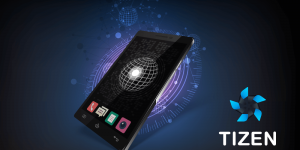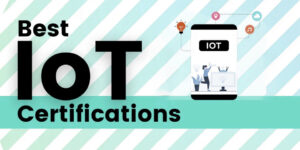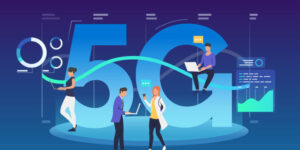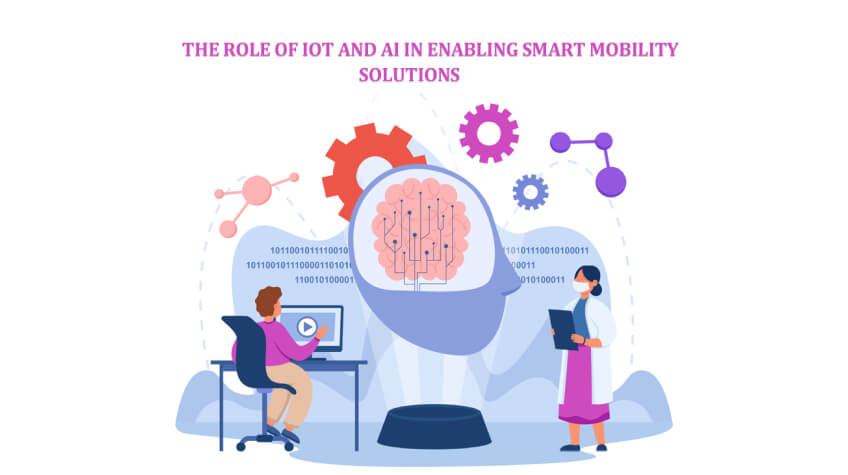
The concept of smart mobility refers to the use of technology to optimize transportation systems, making them safer, more efficient, and more sustainable. The Internet of Things (IoT) and Artificial Intelligence (AI) are two key technologies enabling smart mobility solutions. In this blog, we will explore the role of IoT and AI in enabling smart mobility solutions.
Internet of Things (IoT)
The Internet of Things (IoT) is a network of interconnected devices, sensors, and objects that can communicate with each other and exchange data.
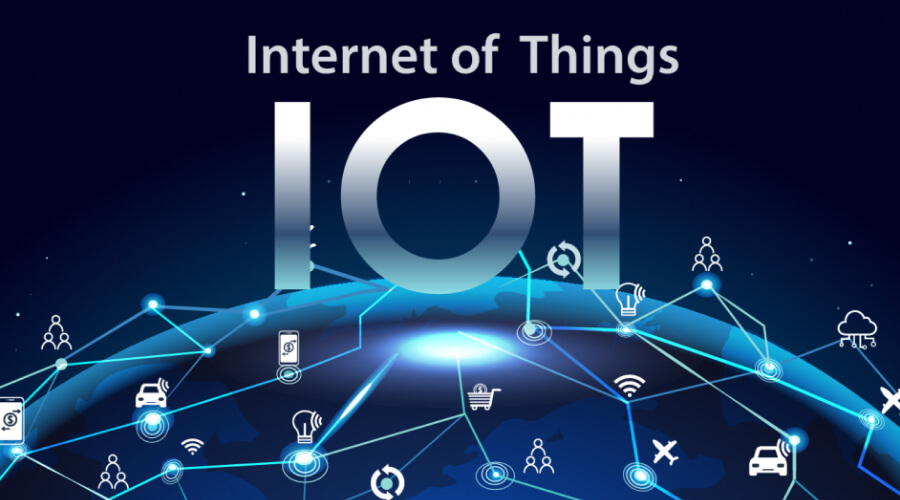
In smart mobility, Internet of Things (IoT) can collect data from various sources, such as traffic lights, cameras, sensors, and vehicles. This data can then be analyzed to optimize traffic flow, improve road safety, and reduce congestion.
Related Topic: Features and Cost of IoT App Development
Examples
One example of how IoT is being used in smart mobility is using connected vehicles. Connected vehicles can communicate with other cars on the road and with infrastructure such as traffic lights, road signs, and other sensors.
This communication allows for real-time data exchange, which can be used to optimize traffic flow and reduce congestion. Connected vehicles can also communicate with cloud-based platforms, monitoring vehicle performance and maintenance needs remotely.
Another example of IoT in intelligent mobility is using sensors to collect data on road conditions, weather, and other environmental factors. This data can be used to inform route planning and optimize transportation systems.
For example, sensors can detect changes in weather conditions and adjust traffic light timings to improve safety and reduce congestion.
Artificial Intelligence (AI)
Artificial Intelligence (AI) is another crucial technology enabling smart mobility solutions. AI algorithms can analyze large amounts of data in real-time to identify patterns and make predictions. In the context of smart mobility, AI can optimize traffic flow, improve safety, and reduce congestion.

Examples
One example of how AI is used in smart mobility is predictive analytics. Artificial Intelligence (AI) algorithms can analyze historical data on traffic patterns, weather conditions, and other factors to predict future traffic flow. This information can be used to optimize light traffic timings, reroute traffic, and improve overall traffic flow.
Another example of AI in intelligent mobility is using machine learning algorithms to identify and predict potential safety hazards on the road. For example, AI algorithms can analyze camera footage to identify vehicles driving too fast or too close to other cars. This information can be used to alert drivers or to adjust traffic flow to prevent accidents automatically.
In addition to improving traffic flow and safety, IoT and AI can also be used to make transportation systems more sustainable. For example, IoT sensors can monitor and optimize energy consumption in vehicles and infrastructure. AI algorithms can also be used to predict and reduce emissions from cars.
Also Read: AI Hallucination Explanation and Prevention
Biggest Challenges for IoT and AI
While IoT and AI are compelling technologies, they also come with their own set of challenges. Here are some of the biggest challenges facing IoT and AI today:
1. Security
One of the biggest challenges facing IoT and AI is security. IoT devices are often connected to the internet, making them vulnerable to hacking and cyber-attacks.
Similarly, AI algorithms can be targeted by hackers who seek to manipulate or corrupt the data used to train the algorithms.
Securing IoT and AI systems will require a multi-layered approach that includes encryption, authentication, and access controls.
Related topic: Smart KYC in Business: Secure Reputation and Risk Prevention
2. Privacy
Another challenge facing IoT and AI is privacy. IoT devices often collect large amounts of personal data, such as location information, health data, and usage patterns.
Similarly, AI algorithms can analyze this data and predict individual behavior. Ensuring this data is collected and used ethically and transparently will be essential to building trust in IoT and AI systems.
3. Interoperability
IoT devices often come from different manufacturers and use other communication protocols, making integrating them into a single system challenging.
Similarly, AI algorithms may be trained on different data sets and use other programming languages, making sharing and collaborating on models challenging.
Interoperability standards and protocols will be necessary to ensure IoT and AI systems can communicate seamlessly.
4. Bias
AI algorithms are only as good as the data used to train them, and if that data is biased, the algorithm will also be biased. This can lead to discrimination and unfair treatment of individuals.
Ensuring that AI algorithms are trained on diverse and representative data sets will be essential to preventing bias in AI.
5. Scalability
IoT and AI systems can generate enormous amounts of data, which can be challenging to process and analyze in real time. Ensuring IoT and AI systems can scale to handle large volumes of data will be essential to realizing their full potential.
Future of Smart Mobility Solution
Indeed, AI and IoT are paving the way for the future of smart mobility solutions. Here are some ways in which AI and IoT are enabling smart mobility solutions:
1. Real-time Data Analysis
IoT sensors can collect real-time data on traffic patterns, vehicle locations, and road conditions. AI algorithms can then analyze this data and predict traffic flow, congestion, and travel times. This can help optimize traffic flow and reduce travel times, making transportation systems more efficient.
2. Connected Vehicles
IoT technologies can connect vehicles to the infrastructure around them, creating a network of smart cars. AI algorithms can then analyze this data and predict traffic patterns and potential hazards. This can help improve safety and reduce accidents on the road.
3. Autonomous Vehicles
AI technologies can be used to develop autonomous vehicles that can drive themselves without human intervention. These vehicles can improve transportation efficiency and reduce the need for personal car ownership.
4. Personalized Services
AI and IoT technologies can create personalized transportation services tailored to individual needs and preferences. For example, ride-sharing services can use AI algorithms to match passengers with drivers based on location, destination, and preferences.
Also See: The Smart Home Technology Revolution: How it is Transforming our Living Spaces
5. Sustainability
IoT and AI technologies can create more sustainable transportation systems, such as electric and hybrid vehicles emitting fewer greenhouse gases. Additionally, AI algorithms can optimize traffic flow and reduce the number of cars on the road, reducing carbon emissions.
Conclusion
Integrating AI and IoT technologies is revolutionizing how we approach transportation and mobility solutions. These technologies are enabling us to create more efficient, sustainable, and personalized transportation systems that can adapt to the needs of individual users.
Through real-time data analysis, connected vehicles, autonomous vehicles, personalized services, and sustainability efforts, the future of smart mobility is becoming increasingly accessible and attainable.
As we continue to explore and implement these technologies, we can expect to see even more innovative and transformative solutions emerge in the years ahead. The possibilities are endless, and the future of smart mobility looks brighter than ever.
Author Bio:
Inam Ullah Dar is a content writer by passion and profession. He started his journey with MotifCreatives. He primarily writes for guest post articles falling under various niches. The main area of his interest and expertise is Web design & Digital marketing. He enjoys reading and writing about healthcare, mindfulness, and well-being to educate people about being happier and lively. His work has been published on many high-authority websites. He believes that writing is an effective way to communicate at better levels.

